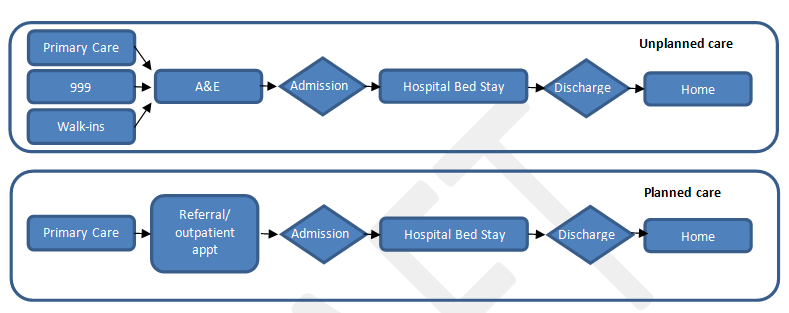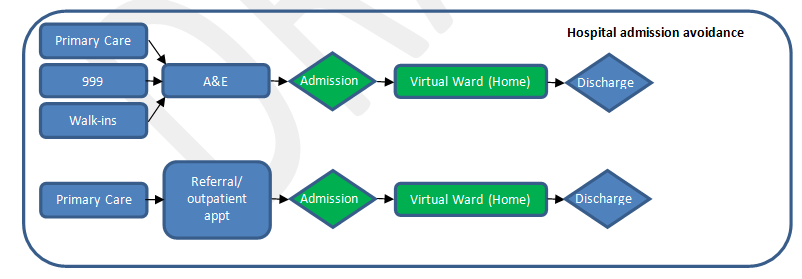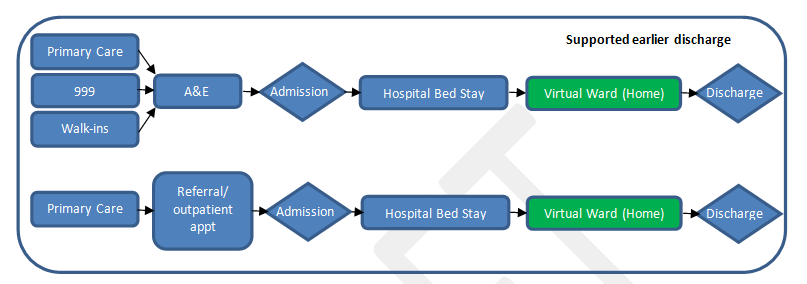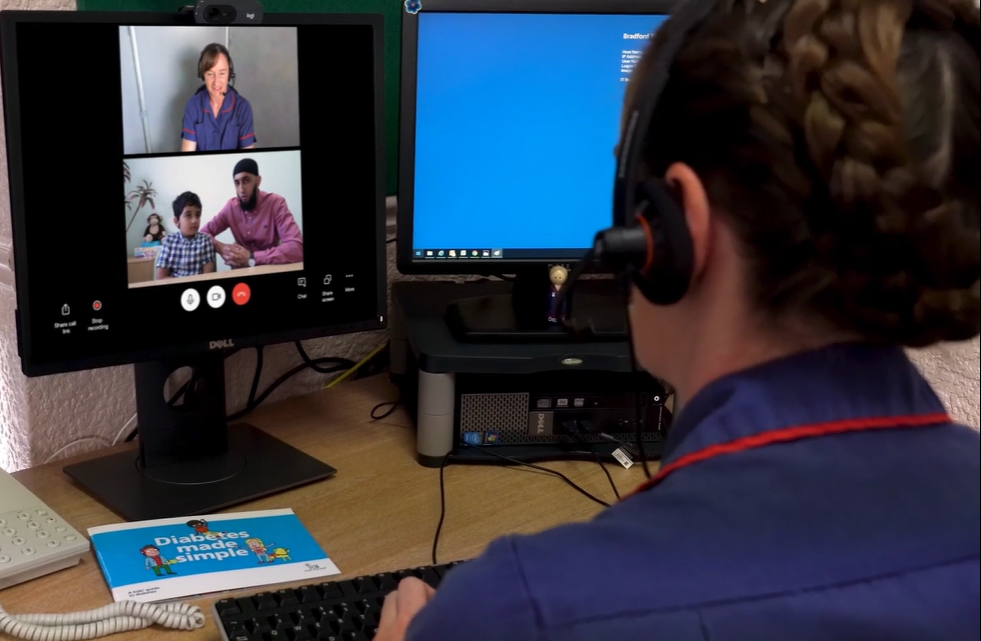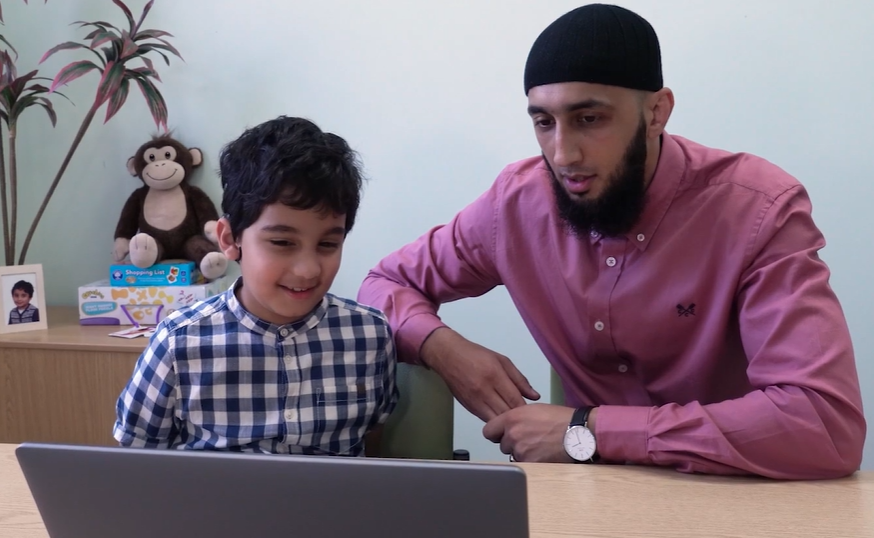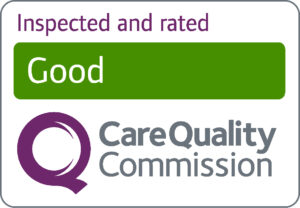Professor Rachel Pilling, Consultant Ophthalmologist is keen to tell us about the potential impact of virtual services on the way we deliver outpatient appointments.
“One of the most obvious ways to use virtual services is to undertake outpatient appointments by telephone or video call. Feedback from patients has been good and I’ve spoken to a lot of my colleagues about their use of video appointments, I was impressed by how many were using them and how many thought they were really useful.”
Patients have also given us feedback about virtual appointments. Many were hugely supportive.
It’s true that when we first started doing video and phone appointments it was through necessity because of the pandemic, but we’re now looking to make these kinds of appointments the norm. So we’ve given some thought to what a clinician’s workspace would look like if they were running a video or phone call clinic”.
“We know that many clinicians and patients will want or will need to have their initial patient assessments through a face-to-face appointment and these will remain.
However, we aim to ensure that the vast majority of follow-up outpatient appointments will be virtual.
Whichever methods we choose we will work closely with patients and healthcare professionals to ensure that the services we provide are right for them”.

